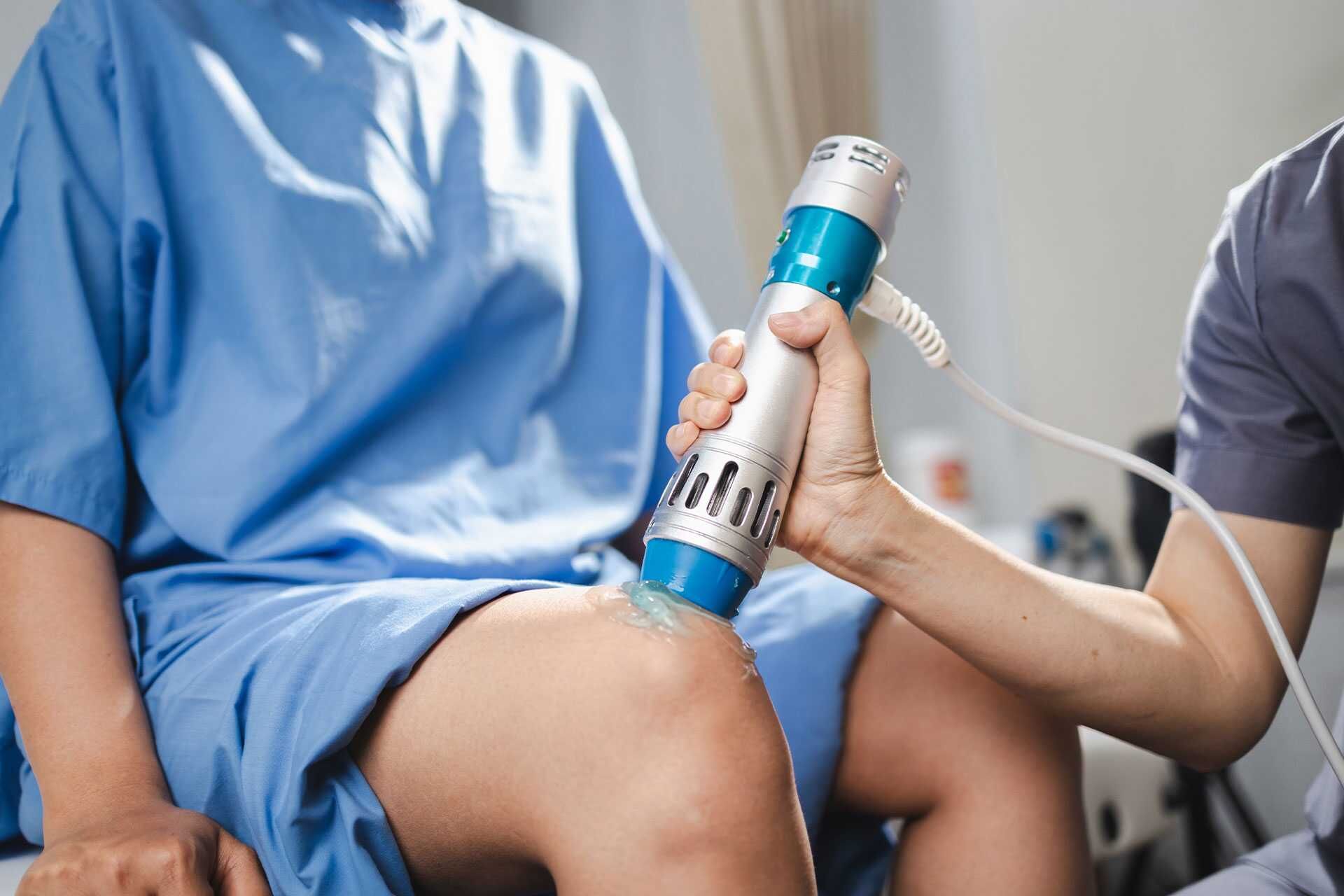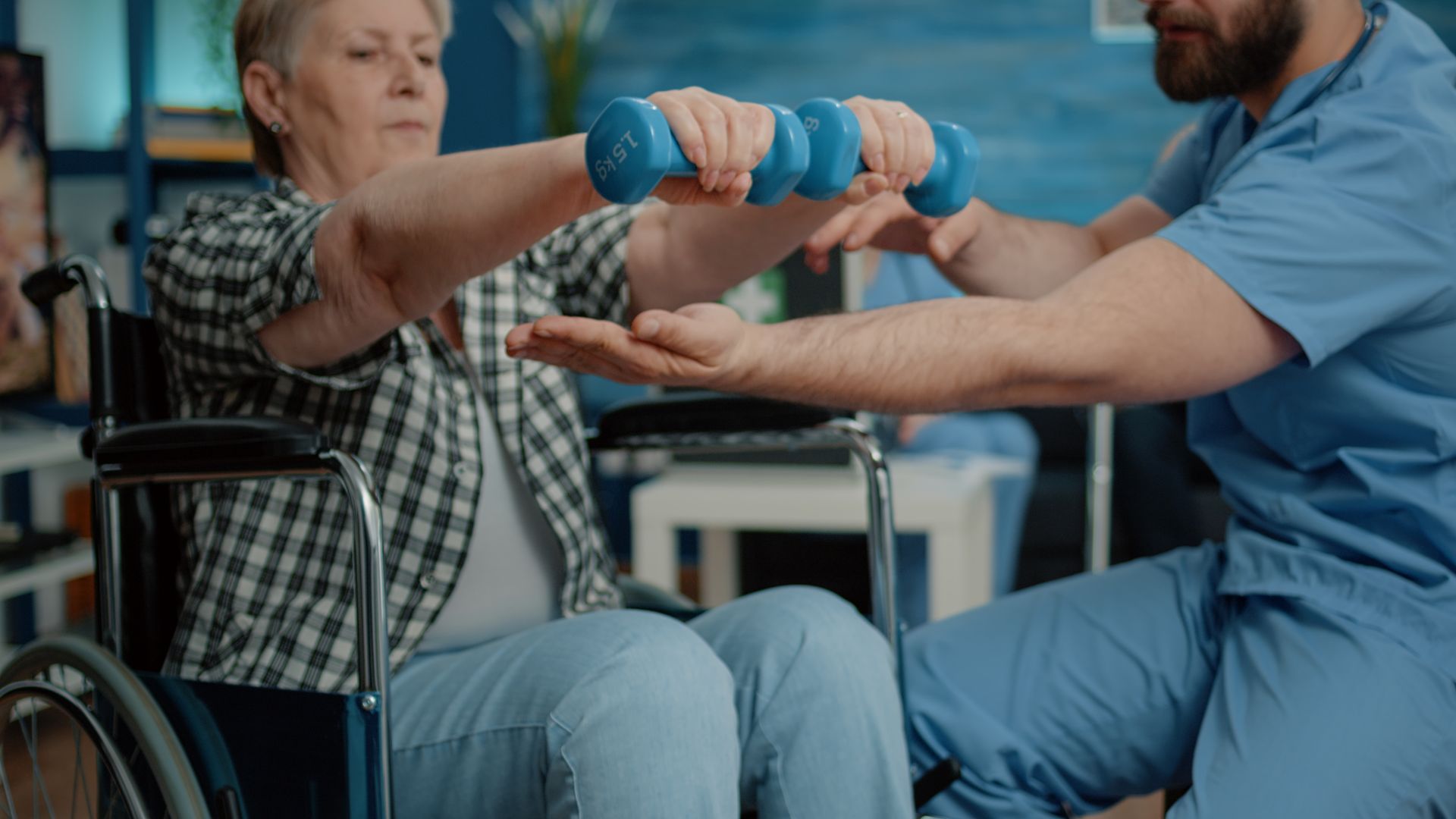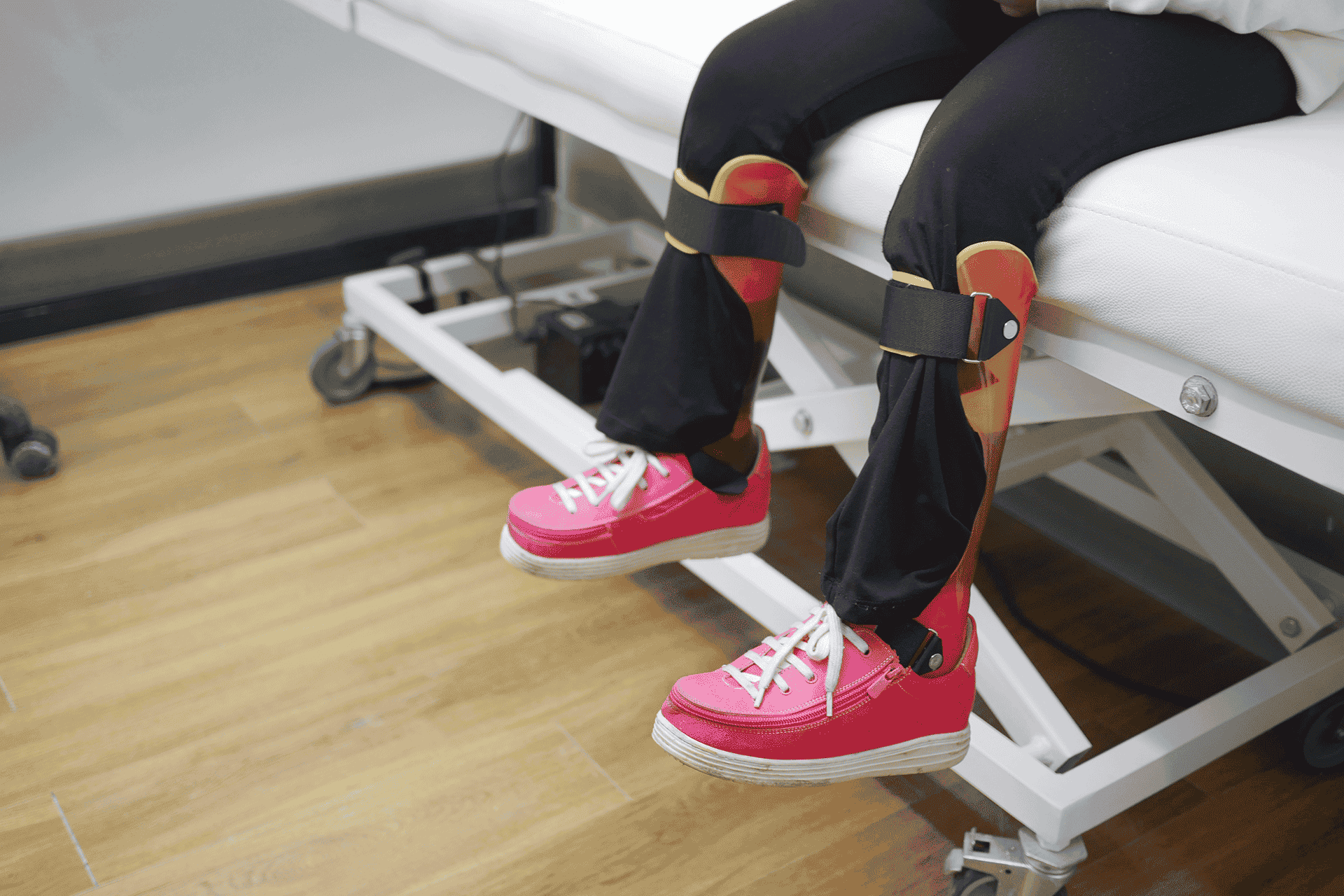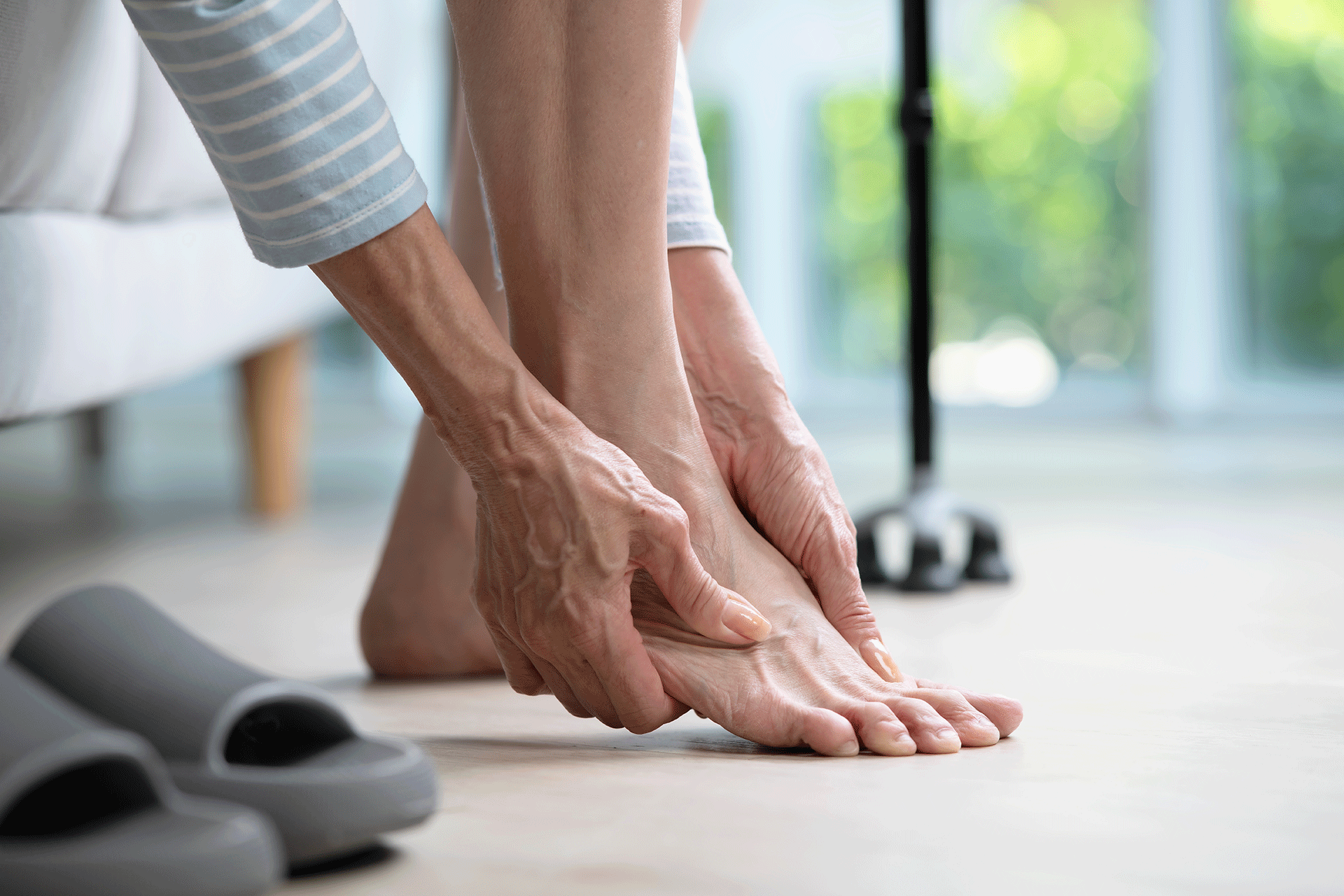How Deep Tissue Massages Can Help You Achieve Your Fitness Goals
Have you recently strained a muscle while working out? Are you unable to meet your usual fitness goals due to body aches and discomfort?
If you answered yes to either of the above, you aren’t alone. While engaging in physical activity is beneficial for several reasons, it can take a toll on your body over time. Constantly using your muscles and joints can lead to wear-and-tear, which results in localized pain and reduced range of motion.
Before you consider medication or other invasive treatments to relieve your pain, it might be time to make a deep tissue massage appointment. Take a moment to learn more about this specialized form of massage and the benefits it can provide as you workout.
What is a deep tissue massage?
A deep tissue massage focuses on the deeper layers of muscle and tissue, and a
massage therapist will typically apply firm pressure and longer strokes to reach these layers. There are two common techniques that the massage therapist will use, the first of which is called “stripping.” When utilizing this technique, the therapist will apply pressure along the length of the muscle in a gliding fashion. They will use either their knuckles, elbow or even forearm. and advice, movement and exercise or manual therapy.
The second technique is “friction,” which requires the therapist to localize the grain of the muscle and apply pressure across it. Doing so will break up any knots or adhesions in the muscle and relieve tension in the tissue.
Essentially, a deep tissue massage is a therapeutic massage that is especially helpful in treating chronic muscle pain. Additionally, this massage can help relieve the pain associated with injuries, poor posture, and conditions such as fibromyalgia.
What is the relationship between massage therapy & working out?
There is a beneficial relationship between massage therapy, especially deep tissue massages, and working out. The first benefit is that massages improve your flexibility, which is needed when exercising to avoid pulling any muscles. Scheduling regular massage appointments will ensure your muscles and tissues are kept limber, so you can work out for longer periods..
Additionally, massages can help prevent injury while working out. Not only are they an excellent source of relief when you are suffering from discomfort, but they can keep you from injuring yourself in the first place. One of the most common injuries you can sustain while in the gym is a pulled muscle, but going for massages regularly will prevent this from happening.
Easing the discomfort of a muscle strain or injury sustained in the gym is another key part of the relationship between massage therapy and working out. Scheduling a massage after injuring yourself should be one of the first steps you take to help you achieve relief. A massage therapist will localize the muscle causing you pain and take steps to release the tension from it.
Finally, relaxation is a prime benefit of massage therapy and especially important if you are a gym enthusiast. Ensuring that you are not always pushing yourself to the limits physically is important, and the best way to avoid that is by balancing your schedule with regular massages that offer rejuvenating effects to your mind and body.
Relieve your discomfort today!
If you’ve ever wondered, “does deep tissue massage work,” hopefully you are now convinced of its benefits, especially as it relates to working out. Keeping your body in prime physical shape is beneficial for obvious reasons, but working in regular massage appointments is important to treat any discomfort your muscles may endure.
Delta Physiotherapy, located in Mississauga, ON, offers a range of massage therapy services. When you visit our clinic, our therapists will run a comprehensive assessment of your health and lifestyle. Doing so will not only enable us to provide you with our top quality service but also help us find the right massage for you.
Our priority is to provide you with the best service possible. Call us at 403-252-3316 to discuss your needs with a professional, or visit our website to fill out the contact form to book an appointment!










